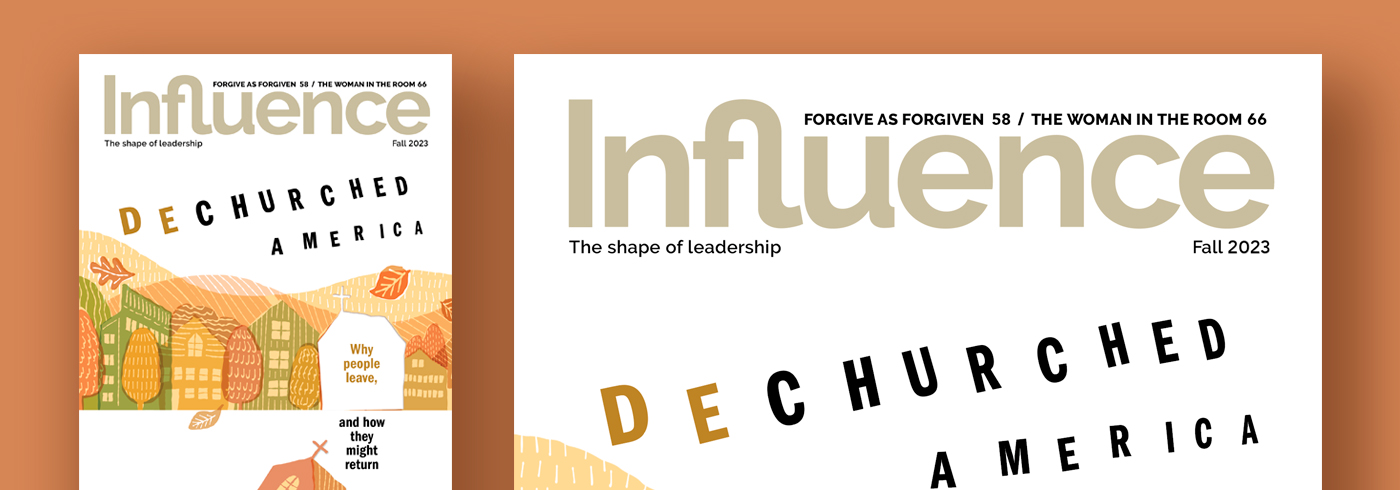Debunking the Debunkers at Christmas
How can church leaders debunk the debunkers in order to more effectively share the gospel this Christmas with church members and visitors?
Last year, just in time for Christmas, Newsweek published a cover story titled, "The Bible: So Misunderstood It's a Sin." The article - a screed - was part of a trend in which major news media purport to debunk Christian doctrine. Church leaders need to know how to debunk the debunkers in order to more effectively share the gospel this Christmas with church members and visitors alike.
Here are five truths to keep in mind:
First, tradition is not Scripture. Sometimes the debunkers have a point. Many of our mental pictures of Christ's birth are drawn from tradition, rather than the Bible. For example, the date of Christ's birth, whether He was born in a stable or a cave, the number of the Magi and whether domestic animals witnessed His birth are all matters of tradition. Matthew's and Luke's accounts of the Nativity contain these elements (except the animals around the manger), but they don't put them in the same place at the same time. The typical crèche scene, in other words, is traditional, not biblical.
If the Nativity tells us anything, it tells us that we, like Joseph, Mary, the Magi and the shepherds must have faith as well as reason. Together, they lead us to Christ.
This kind of debunking needn't worry us, because the gospel isn't debunked when traditions about the Nativity are. We should be open to changing our tradition-saturated mental pictures when the biblical facts warrant us doing so.
Second, translations are tricky. The Gospels were written in Greek; we read them in English. Debunkers make hay out of allegedly mistaken translations.
Sometimes they're right. For example, in Luke 2:7 (ESV), Jesus was laid in a manger because "there was no place for them in the inn." The Greek word Luke uses is kataluma, which the ESV translates as "guest room" in the two other instances where it occurs in the New Testament (Mark 14:14; Luke 22:11). The Greek word for "inn" is pandoxeion, which Luke uses in the Parable of the Good Samaritan (Luke 10:34). Given that Luke knew the difference between the "guest room" of a house and an "inn," it's likely that the ESV's translation of "inn" in Luke 2:7 is mistaken.
Other times, debunkers are wrong. Both Matthew and Luke describe Mary as a "virgin," which is parthenos in Greek (Matthew 1:19; Luke 1:27). Matthew writes that Mary's virgin conception of Jesus fulfilled biblical prophecy (Isaiah 7:14). The Septuagint uses parthenos in Isaiah 7:14 to translate the Hebrew word almah. Debunkers think this is a gotcha moment because almah means "young woman," not "virgin," which is bethulah in Hebrew. They argue that the New Testament believed Mary was a virgin based on a mistaken Greek translation of a Greek term.
There are two problems with this gotcha moment, however. First, in Hebrew, almah and bethulah can be used interchangeably (e.g., Genesis 24:14, 16). This makes sense because in traditional societies young women were expected to be virgins when they married. Second, the Jewish translators who wrote the Septuagint before the birth of Christ chose parthenos to translate Isaiah 7:14, indicating that they thought almah meant "virgin."
The key thing to remember here is that our English Bibles are translations of Hebrew and Greek originals. Our translations must capture the sense of what those words meant to their original hearers and readers.
Third, naturalism is not the default option. Some debunkers criticize miraculous elements within the Nativity stories as too incredible for sophisticated modern people to believe. Postmenopausal women (Elizabeth) and virgins (Mary) don't give birth. Stars don't guide Magi to Bethlehem. Angels don't sing to shepherds in the fields.
Notice that debunkers typically assume a naturalistic worldview rather than make an argument for it. Christian leaders shouldn't be cowed by this assumption. There are good reasons to think naturalism is false, as C. S. Lewis pointed out in his book, Miracles. Indeed, as Pentecostals, we believe we have empirical evidence - through healings and other spiritual gifts - that supernaturalism is true.
The key thing is never to let the debunkers' worldview assumptions go unchallenged.
Fourth, a different perspective is not a contradiction. Debunkers use differences between the Gospels' accounts of the same event to suggest that those accounts contradict each other. In logical terms, however, this suggestion is a non sequitur: the conclusion (contradiction) doesn't follow from the premises (differences).
With a little patience most of the differences can be harmonized coherently. Notice that Matthew writes his account of the Nativity from Joseph's point of view and Luke from Mary's. Matthew's genealogy (1:1-17) focuses on Jesus as "son of David" and thus rightful heir to Israel's throne. Luke's genealogy (3:23-38) focuses on Jesus as "the son of Adam, the son of God," and thus fulfillment of the divine promise to bless all humanity. The differences between Matthew's and Luke's accounts are based on the perspective of the evangelists' historical sources and the theological purposes for which they were writing. They don't rise to the level of a contradiction.
Fifth, not all problems have easy solutions. Luke 2:1-3 says that Joseph and Mary traveled to Bethlehem to register for an imperial census. Luke says, "This was the first census that took place while Quirinius was governor of Syria." Here's the problem: Quirinius was governor from 6-12 A.D., and he administered the census in 6 A.D. This was a decade after Herod the Great's death in 4 B.C., and Matthew is clear that Jesus was born while Herod was alive (Matthew 2:1, 22).
A promising solution points out that the Greek of Luke 2:2 can read, "This census took place before Quirinius was governor of Syria." This solves the timing problem mentioned above, only to raise another one: we don't have literary evidence of such a census in the time period of Jesus' birth (approximately 6-4 B.C.).
Absence of evidence doesn't constitute evidence of absence, however. Outside the New Testament itself and the writings of the Jewish historian Josephus, we don't have a lot of information about this period. It's entirely possible that Luke knew something we don't because he had access to information we don't. In other words, as a reliable historian, we can trust him.
Mentioning faith at the close of this article may seem like a cop-out. It's not. Debunkers can be debunked with logic and evidence. But if the Nativity tells us anything, it tells us that we, like Joseph, Mary, the Magi and the shepherds must have faith as well as reason. Together, they lead us to Christ.
Influence Magazine & The Healthy Church Network
© 2025 Assemblies of God

